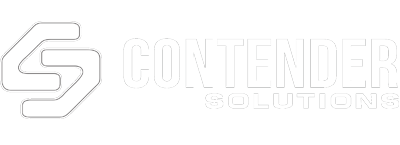Written By: Contender Solutions
Author: Scott Freitas, VP of Value Realization at Contender Solutions
Application and System Administrators thought it great to get all the telemetry and data possible. “Give me all of it” or “Why would I want to exclude any information about my systems?” were common themes in IT Operations just a handful of years ago.
Just thinking through how to manage that much data and information is the stuff that nightmares were made of back then.
Fast Forward…
Just like the IT Service Delivery side of the organization realized how important it is to have the right things tracked and focus on the items which need action, most people working in IT Operations are realizing this reality now as well. The vast majority recognize that generating more tickets is rarely beneficial, however, since this wasn’t the case only a few years ago there are a lot of systems and processes which are based on that practice. Many organizations are facing the challenge now to reduce the tool sprawl which generates those large volumes of information, while not losing sight of the important issues/events which cause performance degradation or outages.
It is not uncommon for our Advisory Services team to hear from customers that they have 10, 17, or even 20+ tools all generating incidents directly into their ticketing system still today. The magic “recipe” for how to move from this model to a more modern model of focusing on actionable information is to focus on the foundation and make sure it is solid.
We start with a Configuration Service Management from ITIL to make sure the organization has a single source of truth about their IT infrastructure. We then layer in Business Transformation Consultants to truly understand the business of the customer because that drives the next area of focus after the foundation is solid. We tie that off with an architect who understands these tools and where there are overlaps so we can assist our customers with removing duplicate tools and reduce the infrastructure spend (in some cases the entire transformation project is funded with the savings from retiring duplicate systems).


